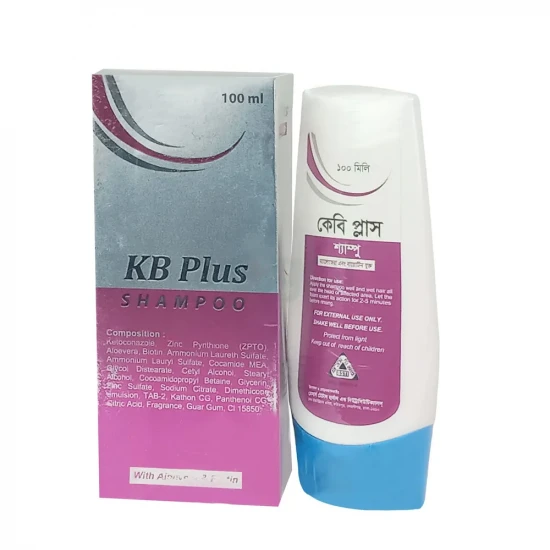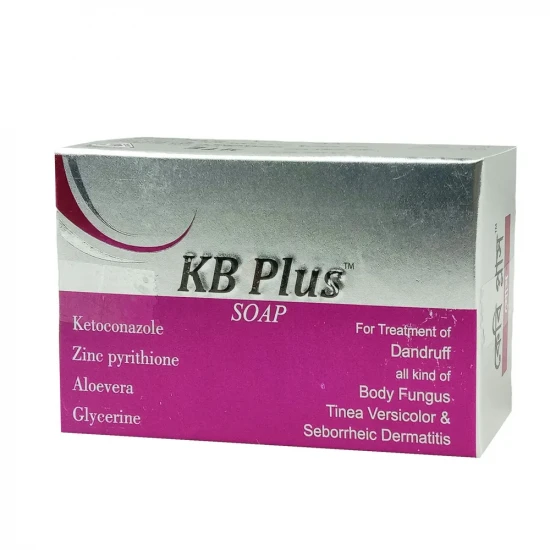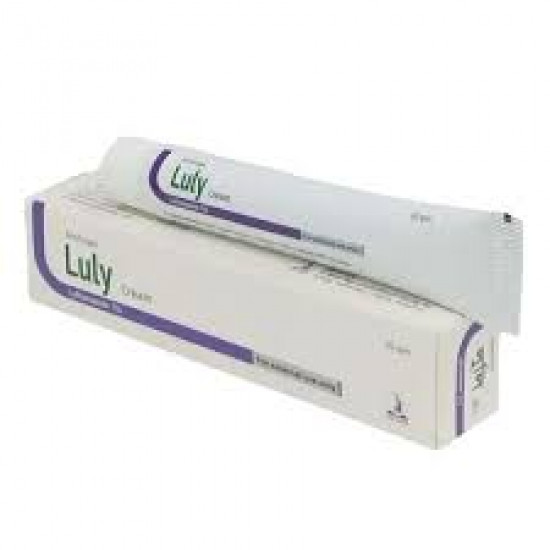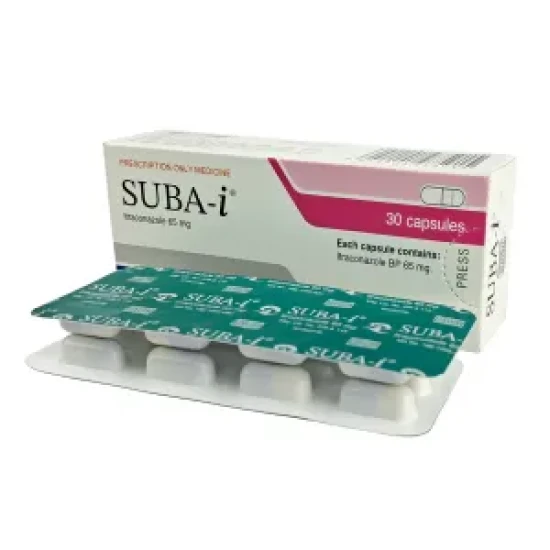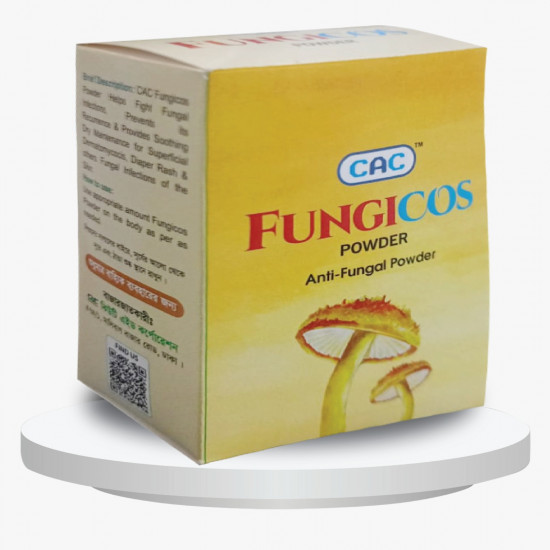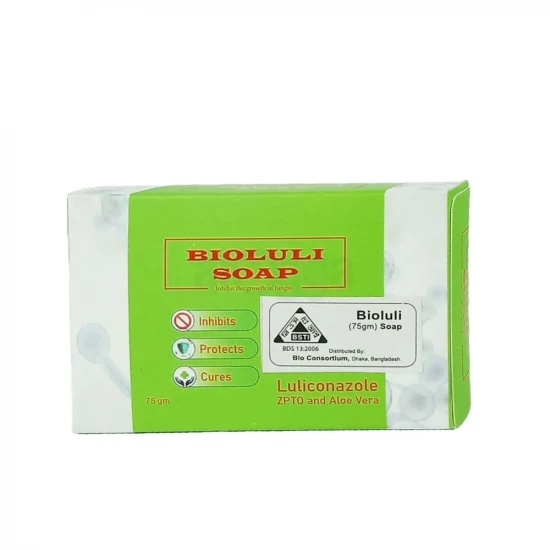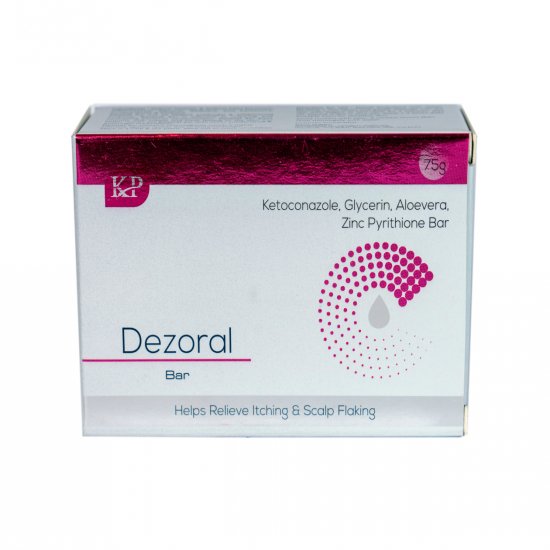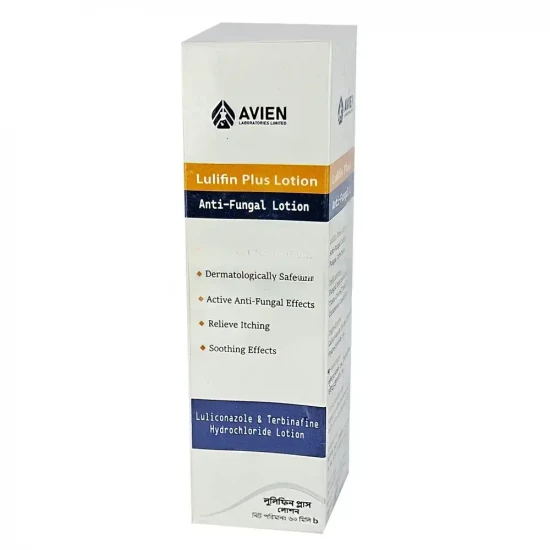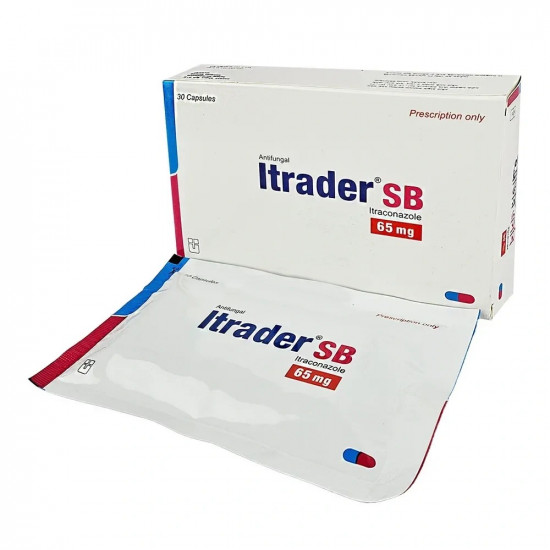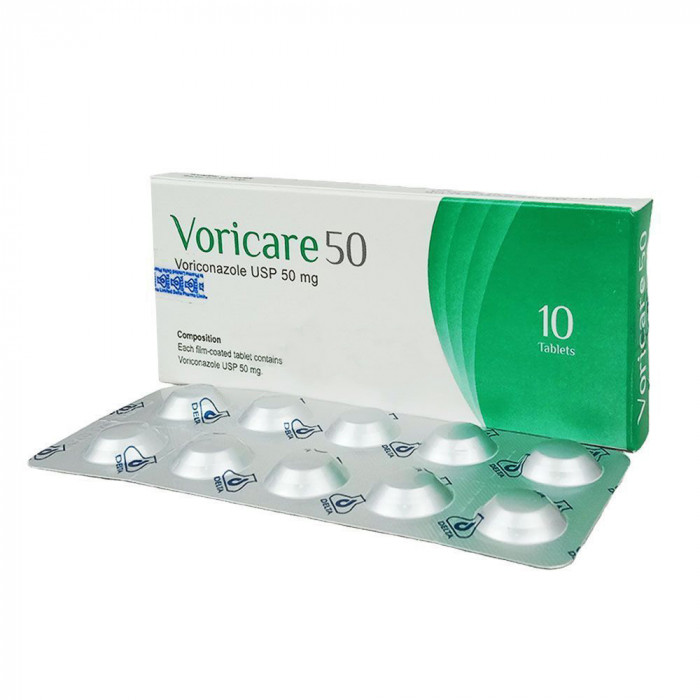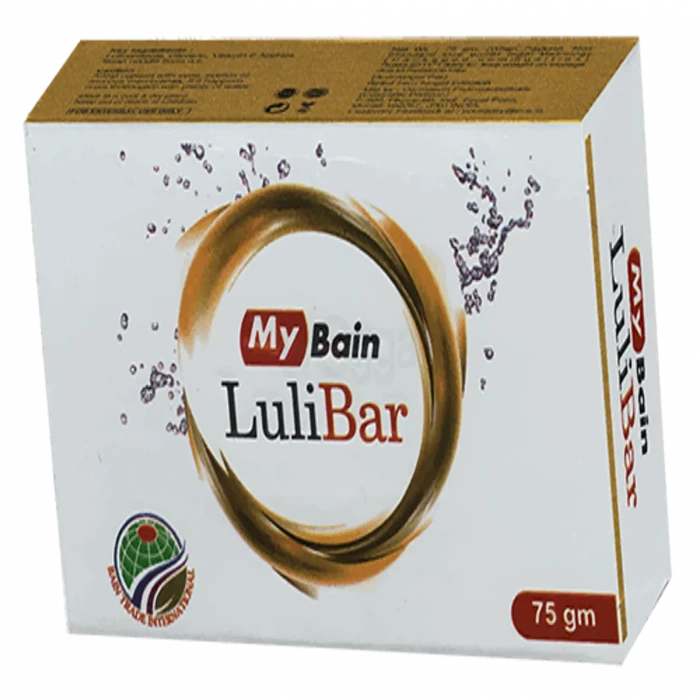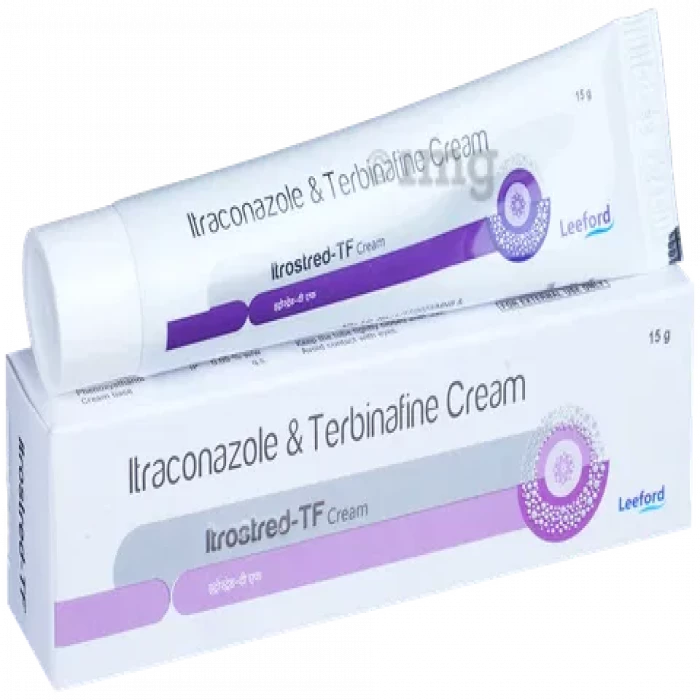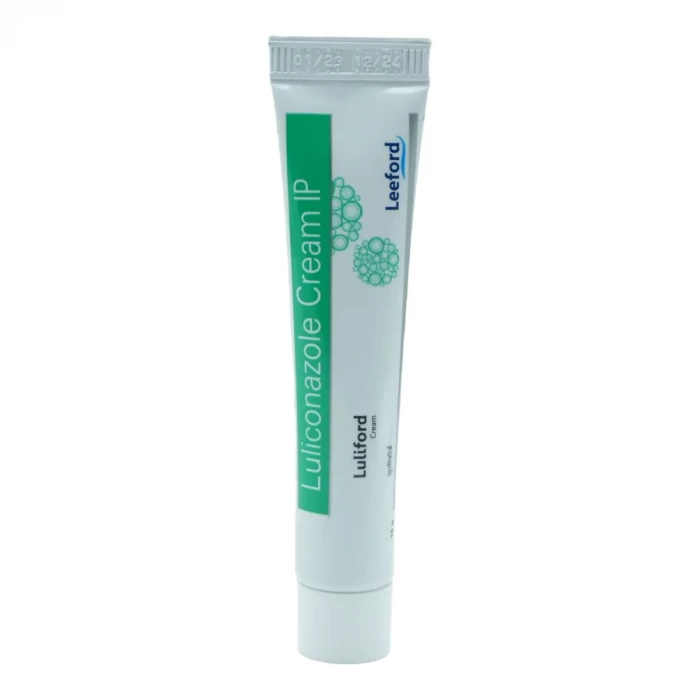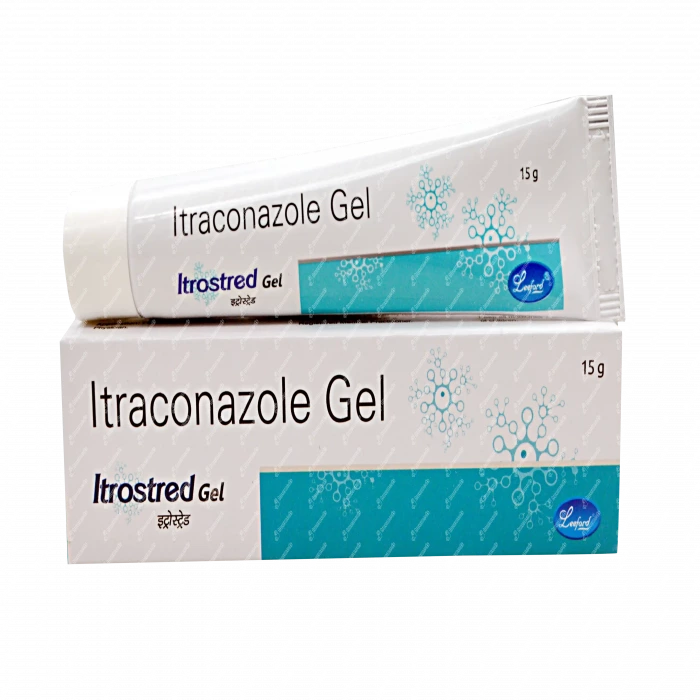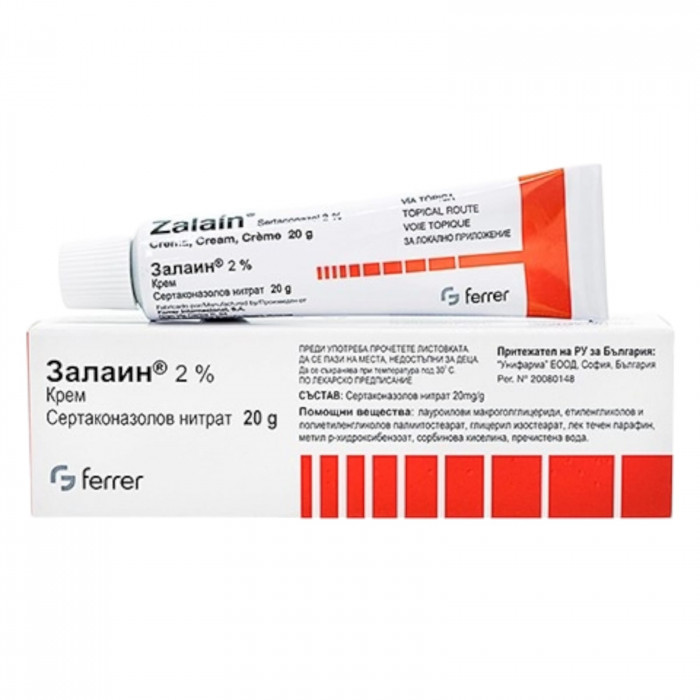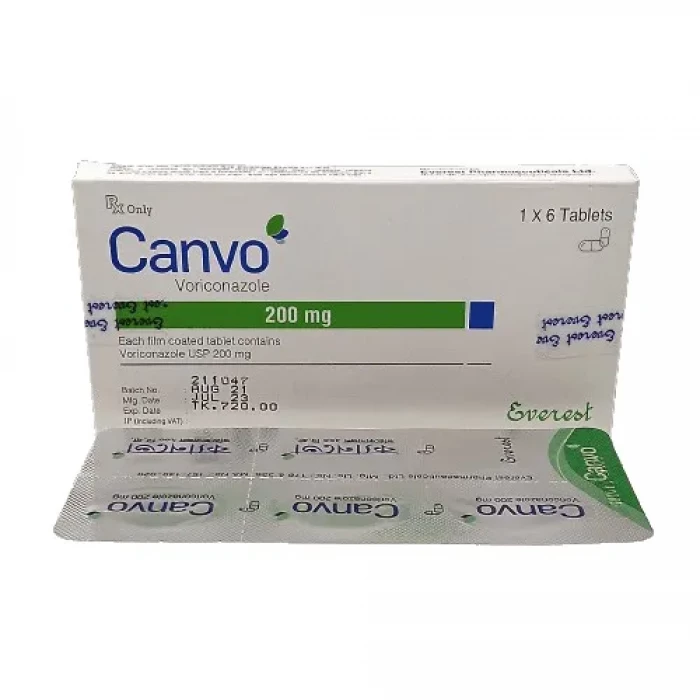
✔ 100% Authentic Product
👁️ Currently Viewing 2042
Generic Name: Terbinafine 1% Cream
Manufacturer/Distributor: Beximco Pharmaceuticals Ltd.
Discount
Price: ৳ 33
MRP:
৳
35
6%
Off

100% Genuine Products, Guaranteed

Safe & Secure Payments, Always

Fast, Secure & Efficient Delivery

Proper Packaging
 Cash on Delivery - All over Bangladesh
Cash on Delivery - All over Bangladesh Regular Delivery - 12-24 Hours, Dhaka City* Charge Tk.39-59
Regular Delivery - 12-24 Hours, Dhaka City* Charge Tk.39-59 Regular Delivery - 24-48 Hours, Other Cities* Charge Tk.99-110
Regular Delivery - 24-48 Hours, Other Cities* Charge Tk.99-110
 ফ্রি ডেলিভারিঃ - ৯৯৯ টাকা+ অর্ডারে, ঢাকা
শহরে
ফ্রি ডেলিভারিঃ - ৯৯৯ টাকা+ অর্ডারে, ঢাকা
শহরে ফ্রি ডেলিভারিঃ - ২৯৯৯ টাকা+ অর্ডারে, ঢাকার
বাহিরে
ফ্রি ডেলিভারিঃ - ২৯৯৯ টাকা+ অর্ডারে, ঢাকার
বাহিরে
100% Genuine Products, Guaranteed
Safe & Secure Payments, Always
Fast, Secure & Efficient Delivery
Proper Packaging
 Cash on Delivery - All over Bangladesh
Cash on Delivery - All over Bangladesh Regular Delivery - 12-24 Hours, Dhaka City* Charge Tk.39-59
Regular Delivery - 12-24 Hours, Dhaka City* Charge Tk.39-59 Regular Delivery - 24-48 Hours, Other Cities* Charge Tk.99-110
Regular Delivery - 24-48 Hours, Other Cities* Charge Tk.99-110 ফ্রি ডেলিভারিঃ - ৯৯৯ টাকা+ অর্ডারে, ঢাকা
শহরে
ফ্রি ডেলিভারিঃ - ৯৯৯ টাকা+ অর্ডারে, ঢাকা
শহরে ফ্রি ডেলিভারিঃ - ২৯৯৯ টাকা+ অর্ডারে, ঢাকার
বাহিরে
ফ্রি ডেলিভারিঃ - ২৯৯৯ টাকা+ অর্ডারে, ঢাকার
বাহিরে
✅ Description:
Indications
Terbinafine cream is used to treat fungal infections of the skin caused by Trichophyton (e.g., Trichophyton rubrum, Trichophyton mentagrophytes, Trichophyton verrucosum, Trichophyton violaceum), Microsporum canis, and Epidermophyton floccosum. Yeast infections of the skin, most notably those caused by the Candida genus (e.g. C. albicans). Pityriasis versicolor caused by Pityrosporum orbicular (also known as Malassezia furfur).
Pharmacology
Terbinafine, an Allylamine antifungal, inhibits Ergosterol production (an important component of fungi cell membranes) by inhibiting the Squalene Epoxidase enzyme. This causes fungal cell death largely as a result of enhanced membrane permeability caused by the buildup of high quantities of Squalene, rather than Ergosterol shortage. Terbinafine hydrochloride may be fungicidal depending on the medication concentration and the fungus species tested in vitro. The clinical relevance of in vitro findings, on the other hand, remains uncertain. Terbinafine has been found to be effective against the majority of strains of the following bacteria in vitro and in clinical infections: Tricophyton Mentagrophyte, Trichophyton Rubrum.
Dosage & Administration
Terbinafine tablet:
For the treatment of finger nail onychomycosis: Terbinafine 250 mg (one tablet), once daily for 6 weeks.
For the treatment of toenail onychomycosis: Terbinafine 250 mg (one tablet), once daily for 12 weeks.
The optimal clinical effect is seen some months after mycological cure and cessation of treatment. This is related to the period required for outgrowth of healthy nail.
Terbinafine cream: Terbinafine cream can be applied once or twice daily. Cleanse and dry the affected areas thoroughly before application of the terbinafine cream. Apply the cream to the affected skin and the surrounding area in a thin layer and rub in lightly. In the case of intertriginous infections (submammary, interdigital, intergluteal, inguinal) the application may be covered with a gauze strip, especially at night. The likely durations of treatment are as follows:
Tinea corporis, cruris: 1 to 2 weeks
Tinea pedis: 1 week
Cutaneous candidiasis: 2 weeks
Pityriasis versicolor: 2 weeks
Relief of the clinical symptoms usually occurs within a few days. Irregular use or premature discontinuation of treatment carries the risk of recurrence. If there are no signs of improvement after two weeks, the diagnosis should be verified.
Interaction
Terbinafine has been proven in vivo to be an inhibitor of the CYP450 2D6 isozyme. The following medication groups are mostly processed by the CYP450 2D6 isozyme: Tricyclic antidepressants, selective serotonin reuptake inhibitors, beta-blockers, antiarrhythmics class 1C (e.g., flecainide and propafenone), and monoamine oxidase inhibitors type B are among examples. Terbinafine co-administration should be done with caution and may necessitate a dosage decrease of the 2D6-metabolized medication.
Contraindications
Terbinafine tablets and cream are not recommended for people who are hypersensitive to terbinafine.
Side Effects
GGI symptoms (including diarrhea, dyspepsia, and abdominal discomfort), liver test abnormalities, rashes, urticaria, itching, and taste changes have all been observed. In general, the adverse effects were minor and transitory, and they did not necessitate cessation. Based on global experience with terbinafine usage, the following adverse effects have occurred: Acute and symptomatic hepatic injury, and, on rare occasions, instances of liver failure, some of which resulted in death or liver transplant, severe skin reactions, severe neutropenia, thrombocytopenia, angioedema, and allergic responses (including anaphylaxis). Malaise, tiredness, vomiting, arthralgia, myalgia, and hair loss are some of the other side effects that have been documented.
Pregnancy & Lactation
Terbinafine tablet: No appropriate and well-controlled trials in pregnant women have been conducted. Because animal reproduction studies are not necessarily predictive of human response, and because onychomycosis therapy may be postponed until after pregnancy is done, it is suggested that terbinafine not be started during pregnancy. Terbinafine is found in nursing mothers' breast milk after oral dosing. Terbinafine treatment is not advised for breastfeeding moms.
Terbinafine cream: Animal fertility and fetal toxicity tests show no negative effects. There is no clinical experience with terbinafine in pregnant women; thus, terbinafine should not be provided unless the possible benefits outweigh the potential risks. Terbinafine is secreted in breast milk, thus mothers should avoid terbinafine therapy during breast-feeding.
Precautions & Warnings
Warnings-
Terbinafine pills: The use of terbinafine tablets for the treatment of onychomycosis in persons with and without preexisting liver disease has resulted in rare occurrences of liver failure, some of which resulted in death or liver transplant. The majority of liver cases associated with terbinafine usage had significant underlying systemic illnesses and an unclear causal relationship with terbinafine. In individuals with active or chronic liver disease, the severity and/or outcome of hepatic events may be worse. If there is biochemical or clinical indications of liver damage, terbinafine tablet treatment should be stopped. There have been a few rare instances of severe skin reactions (e.g., Stevens-Johnson Syndrome and toxic epidermal necrolysis). Terbinafine therapy should be stopped if a worsening skin rash develops.
Terbinafine cream: Terbinafine cream should only be used externally. Contact with the eyes should be avoided at all costs.
Terbinafine is not advised for people who have chronic or active liver disease. Pre-existing liver disease should be evaluated before administering Terbinafine. Hepatotoxicity can develop in both people with and without a history of liver disease. All patients should have pretreatment serum transaminase (ALT and AST) tests before using terbinafine pills.
Therapeutic Class
Subcutaneous and mycosis medications, as well as topical antifungal medicines
Storage Conditions
Keep cool and dry, below 30°C, and away from light.
⚠️Disclaimer:
At ePharma, we’re committed to providing accurate and accessible health information. However, all content is intended for informational purposes only and should not replace medical advice from a qualified physician. Please consult your healthcare provider for personalized guidance. We aim to support, not substitute, the doctor-patient relationship.




